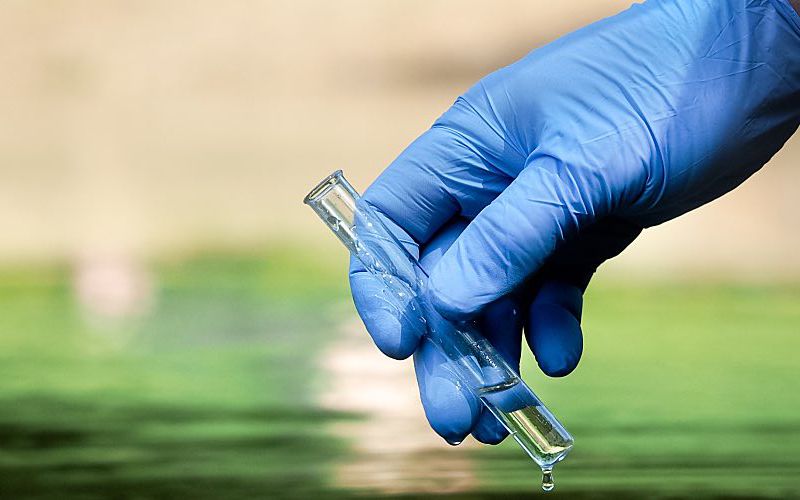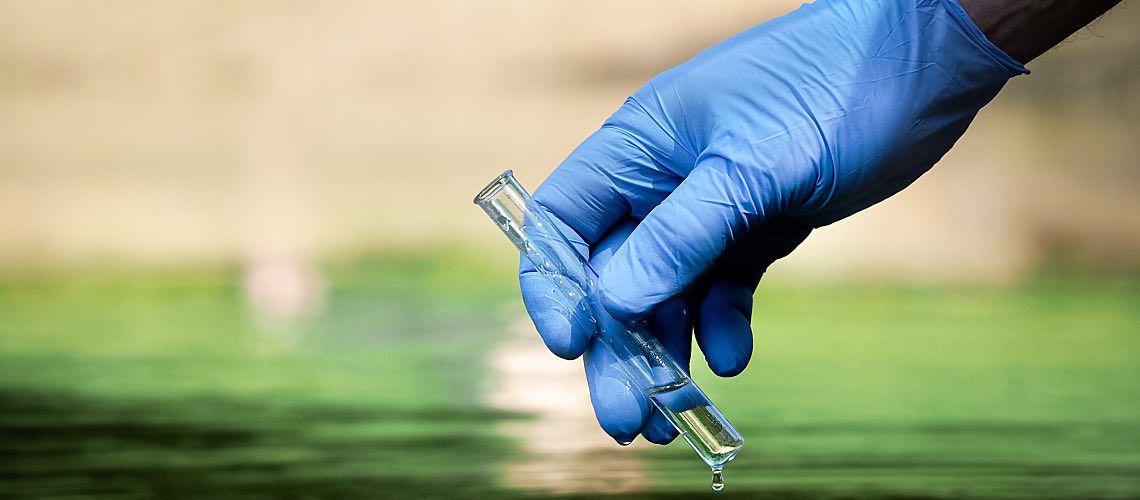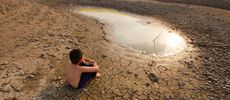Water Sample Hold Times: Are They Right for the Test You're Performing?


Water sample test laboratories know that hold times are critical to ensuring compliance. In this refresher, we take a closer look at what hold times are, why they matter, how you can confirm you've met them, and the typical amount of sample hold time for various tests.
What Is a Hold Time?
Hold times are the amount of time that elapses from the moment of sample collection to the moment of preparation or analysis. That's generally not the same as the day or hour it's received at your laboratory, unless you're all set up and waiting for the sample.
The hold time is the longest a governing authority considers a water sample valid before it's analyzed. The authority determines the hold time required. Wait too long, and the analytical report won't meet the standard for compliance—and you or your unhappy customer will need to repeat the sample collection.
Why Do Hold Times Matter?
A common explanation of water sample hold times can be compared to expiration dates for milk. Sure, you can still drink the milk after the date on the carton or jug—until the morning that it curdles in your coffee.
Likewise, you can test water samples until the sample is no longer good. Like milk, pollutant parameters have shelf lives. The hold times make sure you test before the parameter biodegrades, oxidizes, precipitates, absorbs, or undergoes any other physical or chemical process that degrades sample integrity.
Once you're out of compliance, the parameter you're testing could be too low or too high and no longer fit your benchmarks or limits—even if it would have if your sample was fresh. More importantly, your results are no longer defensible to a regulating authority or in a court of law.
How Are Hold Times Documented?
Whether an employee or your customer is taking the water sample, make sure you provide them with sampling instructions, a proper container, and preservatives. Different instructions apply to each test type. After sample collection, they should pack samples in a cooler with ice packs and transport them to your laboratory as soon as possible. Ask customers to contact you before arriving to ensure you have everything you need to proceed with the analysis.
It's also critical to follow a strict chain of custody procedure from the time the sample was collected to receipt by your laboratory and through analysis and reporting. It's the only way you can be certain that, from beginning to end, the right hold times and temperatures were maintained. This ensures that the most accurate results will be achieved.
Anatek Labs has a general Chain of Custody for drinking water analysis. The forms typically include:
- Site location.
- Name of the sampler.
- Date.
- Time.
- Method of collection.
- Type of analysis to be completed.
- Preservative in use, as required by the Environmental Protection Agency.
The Spokane-based laboratory also provides chain of custody forms for numerous other tests they perform and video instructions on how to correctly fill these out.
How Long Is a Typical Hold Time?
The State of Wisconsin Department of Natural Resources provides a valuable resource for sample hold times and shipping advice. The form details the hold time for various types of samples—for example, bacteria, nitrate, and nitrite—along with shipping information.
The Anatek Labs website shows all the parameters the laboratory tests, including the applicable method, the correct container and preservative for use, and the hold time required for each test.
Ultimately, hold times are an easy way to keep your laboratory compliant—as long as you follow procedures, like those detailed by the EPA, on collecting an acceptable sample and maintaining the integrity after collection.
One last point: Your customers may not understand hold times as well as you do. So, be careful to set expectations for turnaround times when the sample parameter allows a long hold time. Whether you work with public drinking and wastewater systems, municipalities, private well owners, or agricultural producers, it's all part of your mission to keep water supplies and the communities that rely on them healthy.






